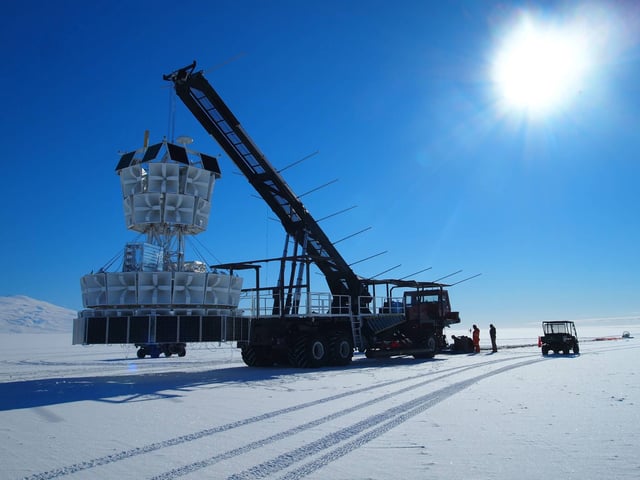Overview
- ANITA has recorded multiple steep-angle upward-going radio pulses from beneath the Antarctic ice that cannot be explained by reflections
- The findings published in Physical Review Letters ruled out neutrinos as the origin after cross-referencing data from IceCube and the Pierre Auger Observatory
- The anomalous signals imply passage through thousands of kilometers of rock, a scenario inconsistent with standard physics models
- The research team is considering dark matter-related theories, noting that lack of confirmation from other detectors narrows possible explanations
- To investigate further, Penn State scientists are designing and building PUEO, a larger balloon-borne detector with enhanced sensitivity


